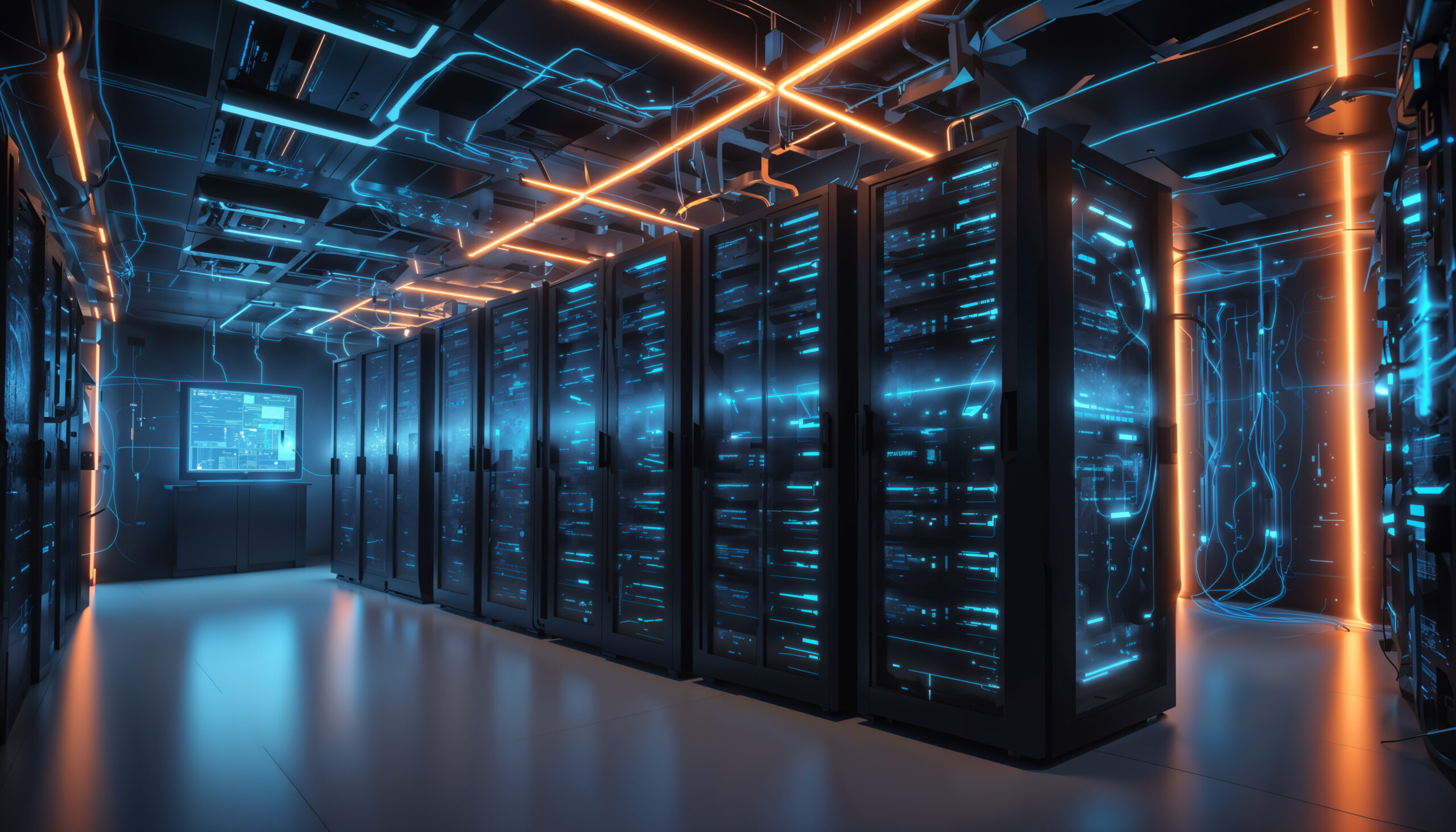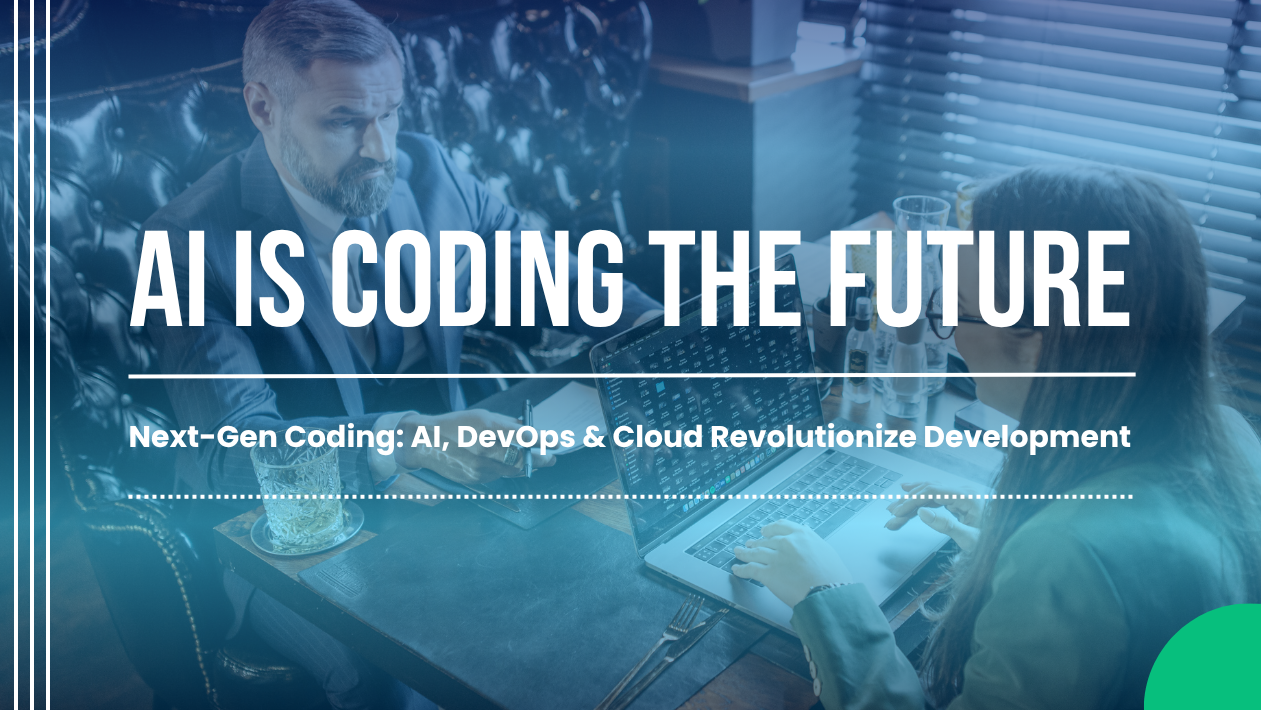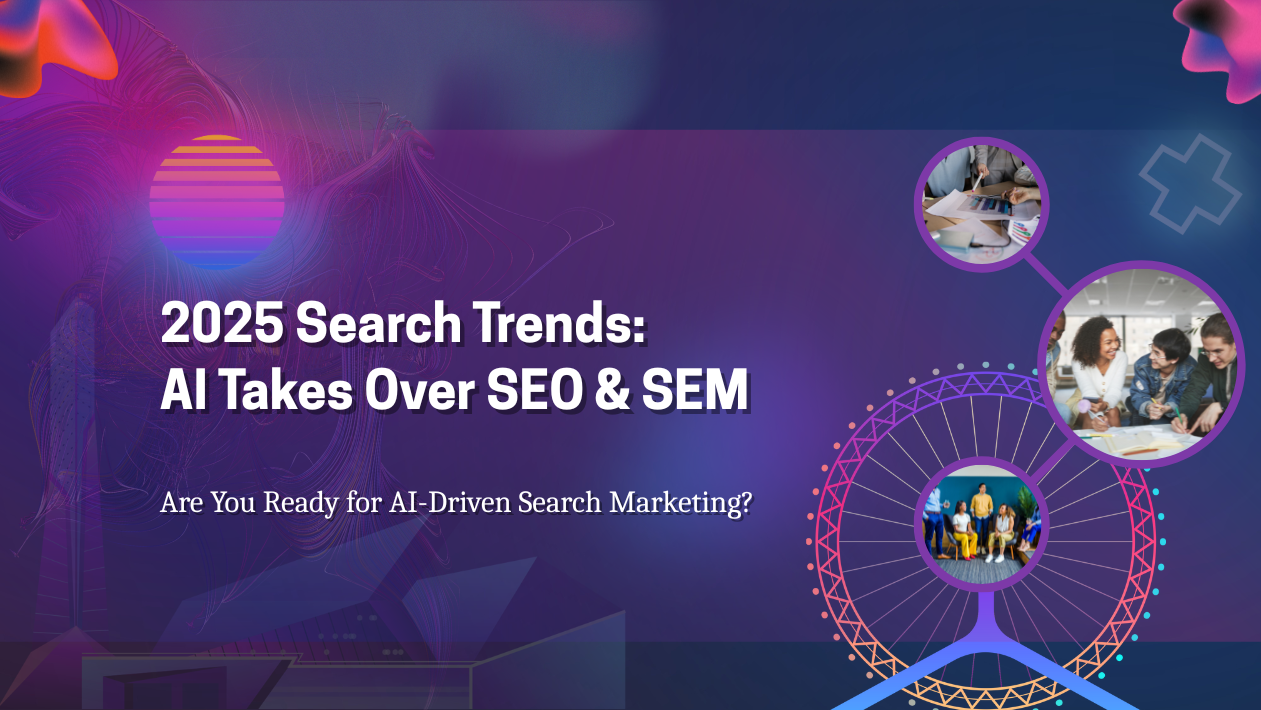As global enterprises race to modernize, the IT infrastructure landscape in 2025 is witnessing a seismic shift. The convergence of edge computing, cloud-native architectures, and AI-driven infrastructure management is enabling organizations to become more agile, secure, and scalable than ever before.
From data centers to decentralized networks, IT teams are rethinking legacy systems and adopting smarter, more flexible infrastructure models to support next-gen digital experiences.
Edge Computing Expands Beyond Pilots
Edge computing is no longer a future concept—it’s mainstream. With the explosion of IoT devices, 5G networks, and real-time applications in industries like manufacturing, healthcare, and logistics, organizations are deploying micro data centers closer to the source of data to reduce latency and improve performance.
Companies like Cisco, Dell, and HPE are delivering edge solutions integrated with AI analytics, enabling real-time decision-making at the network edge.
Cloud-Native Infrastructure Becomes the Default
Organizations are moving from traditional virtualization to containerization, Kubernetes, and serverless computing. Multi-cloud strategies are now common, with enterprises using AWS, Azure, and Google Cloud in tandem to optimize cost, performance, and compliance.
Hybrid cloud remains critical, especially in regulated industries where data residency and security concerns require a mix of public and private cloud environments.
AI and AIOps Drive Infrastructure Efficiency
With the complexity of modern infrastructure, IT leaders are turning to AI for IT Operations (AIOps) to monitor systems, detect anomalies, and predict outages before they happen. Platforms like Dynatrace, Splunk, and ServiceNow now offer automated remediation and capacity planning powered by machine learning.
This shift is reducing downtime, improving SLAs, and freeing up IT staff for strategic tasks.
Zero Trust Architecture Becomes Non-Negotiable
Cyberattacks in 2024 pushed enterprises to fast-track the adoption of Zero Trust Security models. In 2025, every user, device, and application must be continuously verified before access is granted, even inside the corporate network.
Solutions like Zscaler, Palo Alto Networks, and Microsoft Entra are leading the charge with identity-based access control, micro-segmentation, and encrypted traffic inspection.
Sustainable IT Infrastructure Gains Priority
With increasing pressure to meet ESG goals, organizations are investing in green data centers, renewable-powered infrastructure, and carbon-efficient IT practices. Technologies such as liquid cooling and dynamic workload shifting are helping reduce energy consumption.
Major cloud providers have committed to net-zero emissions by the end of the decade, making sustainable infrastructure a competitive differentiator.
Looking Ahead: Autonomous Infrastructure and Infrastructure as Code (IaC)
In the near future, IT infrastructure will be largely autonomous, self-healing, and governed by code-driven automation. With Infrastructure as Code tools like Terraform and Pulumi, teams can provision, manage, and scale infrastructure across any environment with version-controlled precision.





